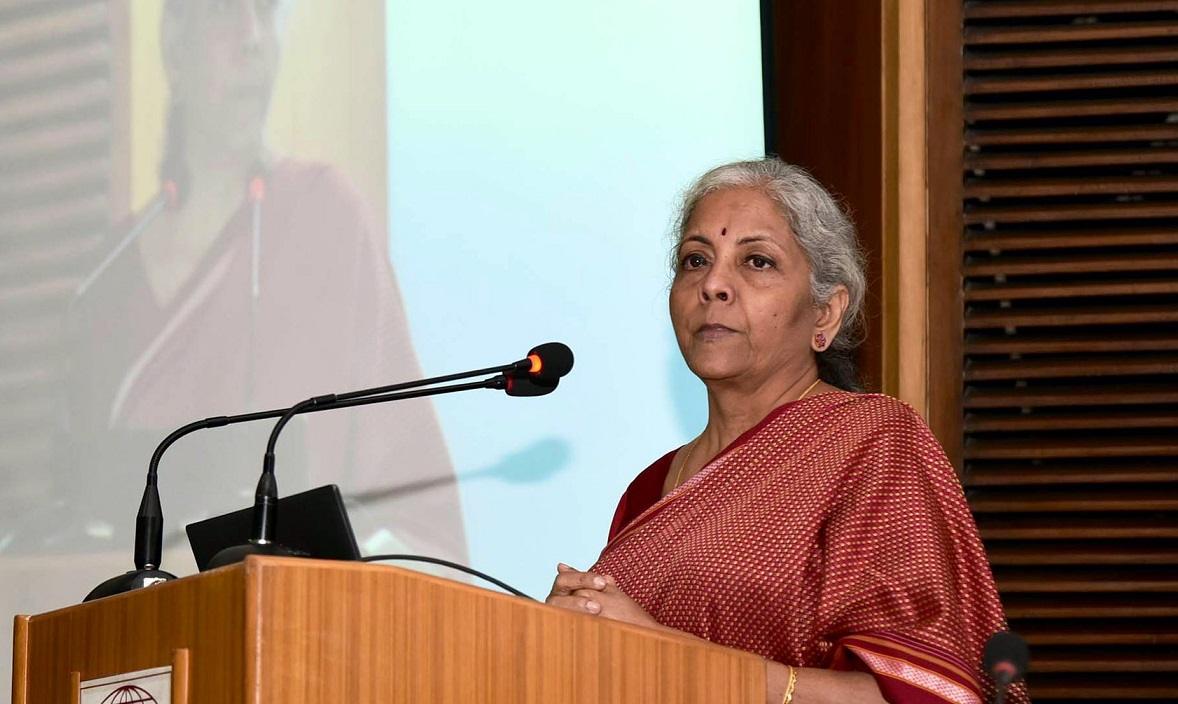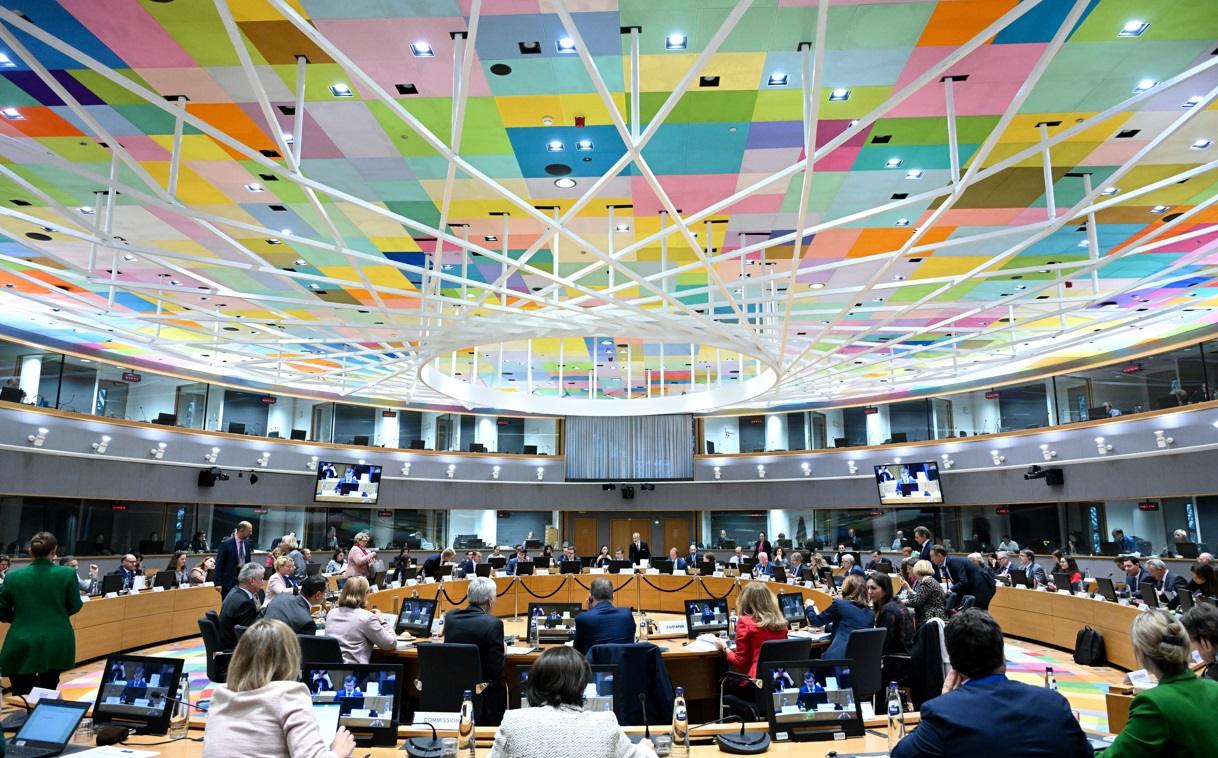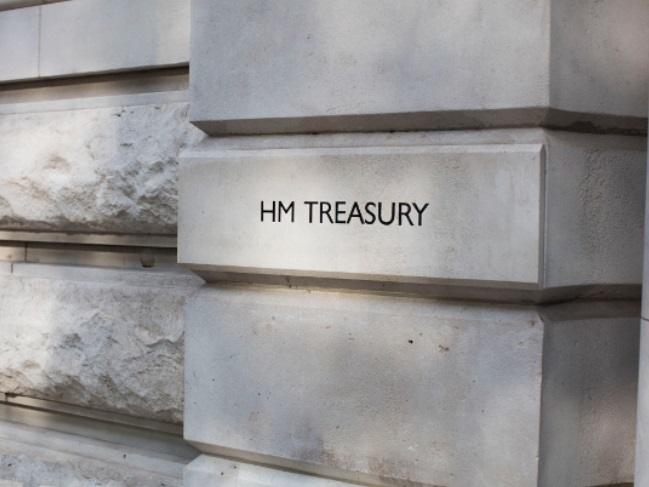India Prepares to Issue Inaugural Green Bond
The Government of India announced the release of its Sovereign Green Bonds framework, in preparation for the country’s inaugural issuance of green bonds to finance renewable energy, clean transport, sustainable water, and other environmental sustainability projects.
India first signaled its intention to enter the green bond market with the release of its budget in February, with Finance Minister Nirmala Sitharaman saying that it will use the proceeds for “public sector projects which help in reducing the carbon intensity of the economy.”
A recent borrowing plan issued by India’s Finance Ministry indicated that the country aims to raise approximately $2 billion from green bonds this fiscal year, ending March 2023.
The release of the framework follows the introduction by India over the past year of a series of climate-related goals, including a pledge made at last year’s COP26 conference to reach net zero by 2070. In August, the government followed up with a strengthened Nationally Determined Contribution (NDC), including commitments to reduce emissions intensity by 45% and to transition to approximately 50% electric power from non-fossil-based sources. India’s goals include reaching 500 GW of non-fossil energy capacity and reducing carbon emissions by one billion tonnes by 2030.
The new framework outlines eligible use of proceeds from green bond issuances, as well as project selection and evaluation, management of proceeds, and reporting obligations.
The framework includes a broad range of eligible green project categories, including renewable energy, energy efficiency, clean transportation, climate change adaptation, sustainable water and waste management, pollution prevention and control, green buildings, sustainable management of living natural resources and land use, and terrestrial and aquatic biodiversity conservation.
Additionally, the framework also lists a series of excluded projects, such as those involving the extraction of fossil fuels. The Excluded Project category also includes nuclear power generation and hydropower plants larger than 25 MW.
Norway-based Second Party Opinion (SPO) provider CICERO evaluated the green bond framework, rating it “Medium Green,” with a “Good” governance assessment. CICERO’s report stated that the primary categories expected to be funded from green bond proceeds “are important in India’s efforts to transition to a low carbon and climate resilient future,” and that “the framework’s procedures for management of proceeds and reporting appear adequate,” but noted that the framework’s description of how the environmental impacts and risks will be assessed and compared “remains somewhat unclear.”





